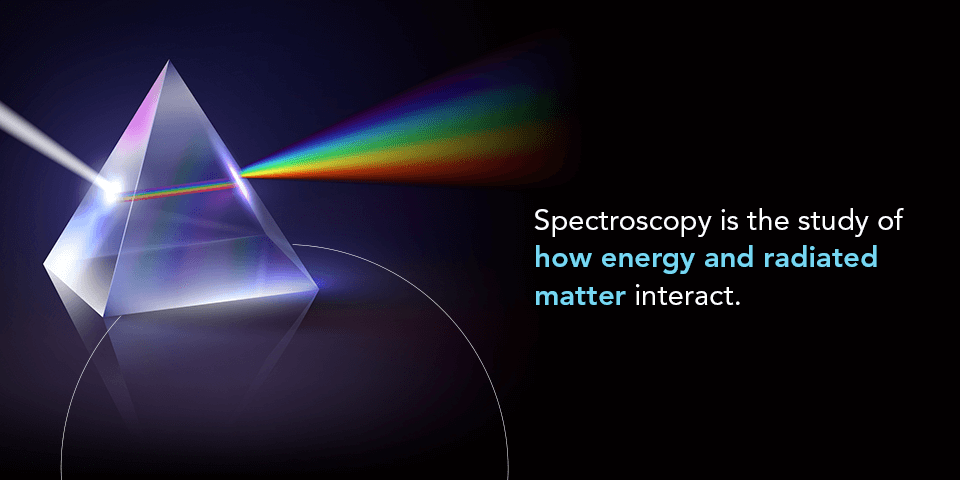
Spectrophotometry vs. Spectroscopy
Spectrophotometry and spectroscopy are undoubtedly similar words — however, these terms are not interchangeable. While spectrophotometry and spectroscopy deal with related concepts, they focus on different scientific interactions and outcomes to gain varying insights.
Through this guide, you’ll learn about the difference between spectrophotometry and spectroscopy, their basic definitions and the instruments used in each science.
What Is Spectrophotometry?
Spectrophotometry operates on the principle that every chemical compound absorbs, reflects or transmits light over a specific wavelength spectrum. You can use this technique to determine the amount of light a chemical substance absorbs by measuring the intensity of the light as a beam passes through the sample.
The science of spectrophotometry allows for qualitative and quantitative analysis and is widely used across various industries, including chemistry, physics, biochemistry, biology and clinical studies.



